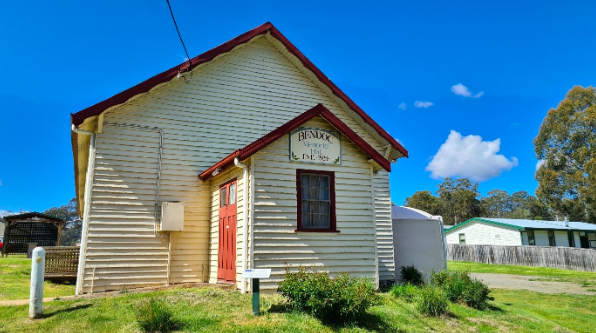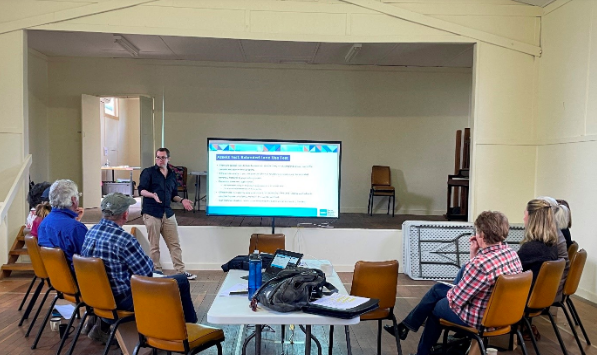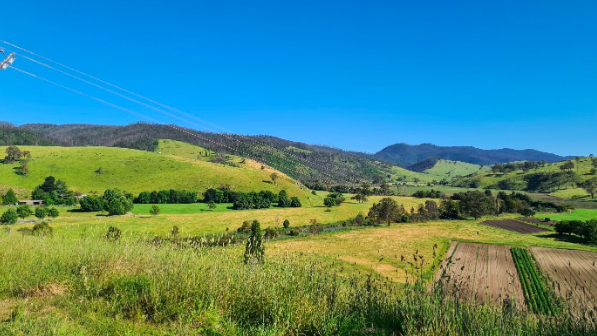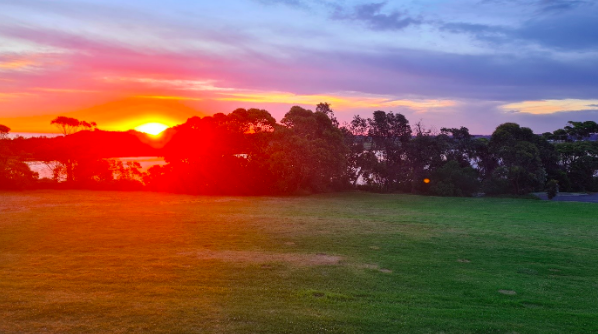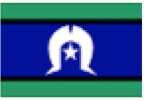There are two Federal Government COVID-19 related support payments currently available; the Pandemic Leave Disaster Payment and the National Health Emergency Crisis Payment (NHE Crisis Payment).
With daily figures of new coronavirus cases in Australia increasing, more people are finding themselves at home with the virus or needing to isolate as a contact. In response to this growing number of people unable to work, the Federal Government has once again adjusted the COVID-19 related hardship payments.
NHE Crisis Payment
The NHE Crisis Payment is available to people who are in receipt of a Centrelink benefit and who have lost income due to COVID-19 and are experiencing financial hardship as a result.
Importantly, this payment is only available to people already in receipt of a Centrelink payment.
It is a one-off payment, not an ongoing payment.
The payment rate is equivalent to a week’s pay at the maximum basic rate of an individual’s income support payment or ABSTUDY Living Allowance. It doesn’t include other allowances or supplements. ‘
Eligible individuals are entitled to receive a maximum of two Crisis Payments for National Health Emergency in a six-month period. However, eligible individuals are only entitled to receive one payment per quarantine or self-isolation.
Eligibility criteria
Individuals may be eligible for this payment if;
· they are eligible for an income support payment or ABSTUDY Living Allowance from Centrelink; and
· they are in severe financial hardship; and
· they, or someone they’re caring for, are in quarantine or self-isolation because they are waiting for COVID-19 test results or have COVID-19.
The COVID-19 test must be a polymerase chain reaction (PCR) test or positive rapid antigen test (RAT) result.
They, or the person they are caring for, must be in quarantine or self-isolation because they have been required to by:
· the Australian Government
· a state or territory government
· a health professional.
They can be in quarantine or self-isolation at home, in a motel, hospital or any other appropriate place.
They must submit evidence with their claim showing that they, or the person they are caring for, had either:
· a COVID-19 PCR test
· a positive RAT result.
They may be asked to submit evidence of financial hardship.
One of the biggest recent changes to the NHE Crisis Payment eligibility is that a RAT can now be used as proof that they’ve been infected with the virus, and are therefore potentially eligible for the payment.
Prior to this change, a laboratory PCR test was required as proof.
Keep in mind, a positive RAT or a photo of a positive RAT is insufficient to qualify. For Victorians, only RAT results registered with the Victorian Government will suffice.
You can read about the NHE Crisis Payment, here. Find out how to lodge an application.
Pandemic Leave Disaster Payment
The Pandemic Leave Disaster Payment is available to people who have lost work and income as a result of having to isolate because they have COVID-19, are a close contact of someone who has COVID-19 or are caring for a child under the age of 16 or adult with a visibility who has COVID-19 or has to isolate.
Importantly, this payment is not available to people in receipt of most Centrelink benefit, such as JobSeeker Payment, Age Pension, Disability Support Pension, Carer Payment, Parenting Payment of a student payment.
Here’s what you need to know about the recent changes to the Pandemic Leave Disaster Payment:
Eligibility
People who are eligible for the Pandemic Leave Disaster Payment are those who are isolating due to being infected or are close contact.
They are also eligible if they are caring for a child under the age of 16 or someone with mental or physical disability who has COVID or has been identified as a close contact.
If they have sick leave owing from your employer, they will not be able to receive the payment.
If they receive a Family Assistance payment they will need to include the Pandemic Leave Disaster Payment in their family income estimate as taxable income.
Couples who are isolating can both apply for the payment.
Who’s NOT eligible?
You are not eligible to receive the Pandemic Leave Disaster Payment if you’re receiving income support payments such as Age Pension, Disability Support Pension, Austudy or JobSeeker.
People receiving parental leave or Dad and Partner Pay are also excluded.
If you have received other government payments during your isolation period, such as the COVID-19 Disaster Payment, you may also be ineligible.
Relying on rapid antigen test results
Like the NHE Crisis Payment, one of the biggest recent changes to the Pandemic Leave Disaster Payment is that RAT can now be used as proof that you’ve been infected with the virus, and are therefore potentially eligible for the payment.
Prior to this change, a laboratory PCR test was required as proof.
Keep in mind, a positive RAT or a photo of a positive rat is insufficient to qualify. For Victorians, only RAT results registered with the Victorian Government will suffice.
How much is the Pandemic Leave Disaster Payment?
Previously, the Pandemic Leave Disaster Payment was a $750 lump sum payment that covers seven days.
As of 18 January, 2022, this has changed to a tiered system:
– If you have lost over 20 hours of work you will still receive the full $750.
– If you lose between eight and 20 hours, you will only receive $450.
– Anyone who loses less than eight hours of work will no be longer be eligible for the payment.
Means testing
From 18 January 2022 the payment will also be means tested. If you have $10,000 or more in savings, you will not get the payment.
How do I apply?
You can apply now, through an online form on the Services Australia website or by calling 180 22 66.
If you have applied and are concerned you haven’t received an outcome or any response from Services Australia, you can also call 180 22 66 to obtain information and assistance.
Unsure about what the Pandemic Leave Disaster Payment means for you? You’re not alone
SSRV are concerned that the nature of pandemic payments such as the Pandemic Leave Disaster Payment may mean vulnerable people could miss important details in the fine print or unknowingly making mistakes in the application process.
“It is always a little bit difficult to work out if you are eligible for income support from Centrelink or not,” SSRV Community lawyer Aidan McCarthy told ABC News this week.
“Because these particular payments are required urgently and the process for getting them is less intense than other pensions, things could go wrong.
“We have concerns people could be overpaid for honest mistakes and then Centrelink will chase them for that money later.”
It is really important you understand the eligibility, seek assistance and information by calling the number above if you need it, and keep any evidence of your eligibility including evidence of your bank account statements to demonstrate you had lest than $10,000 in savings, evidence of your normal work hours and income and proof that you have lost this income, evidence you cannot work from home if you need it and evidence of your positive test/direction to isolate as a close contact etc.
You might need to provide this evidence in the future if Centrelink ever investigate your eligibility for the payment.
What are my rights if my application is rejected?
If your Pandemic Leave Disaster Payment is rejected, you can contact the same number, 180 22 66 an discuss the reasons why you were refused. You will also be provided with information about your review rights in the letter Centrelink sends you then they inform you have been found ineligible for the payment.
If your NHE Crisis Payment application is rejected, you can contact 132 850 to ask for an explanation and request a review. It is important you do this within 13 weeks of receiving the refusal letter and make sure you very clearly indicate that you want a formal review of the decision. You will also be provided with information about your review rights in the letter Centrelink sends you then they inform you have been found ineligible for the payment.
How to get help from SSRV
SSRV can provide advice for people who have a Centrelink issue or Centrelink debt. Call our Legal Assistance Line on 03 9481 0355, Monday to Friday, 9am to 5pm. If you can’t call us, you can email your request for assistance to info@ssrv.org.au

